What Is Curve?
Table of Contents
The main thing
- Curve Finance is a decentralized exchange with automated market maker technology (AMM-DEX), originally launched on the Ethereum network. It was designed to trade efficiently between stablecoins and other tokens of the same value with minimal slippage and fees.
- CThedecentralized autonomous organization Curve DAO controls the Curve, which consists of CRV governance token holders.
- Curve is one of the leading DeFi protocols in terms of smart contract lock-ups (TVL) and active users.
- As of July 2022, the Curve protocol allows the exchange of more than 40 assets and is deployed on 10 networks: Ethereum, Arbitrum, Aurora, Avalanche, Fantom, Harmony, Optimism, Polygon, xDai and Moonbeam.
Who created Curve?
Mikhail Egorov created the decentralized crypto exchange Curve Finance. Previously, he graduated from the Moscow Institute of Physics and Technology, earned a PhD in physics from Swinburne University of Technology, worked on quantum computing and cryptography research, and co-founded fintech company NuCypher and the LoanCoin project.
In November 2019, Egorov published a white paper describing an efficient mechanism for creating StableSwap liquidity for stablecoin trading.
The Curve Finance exchange, which implements this approach, was launched in January 2020. The project team is based in Switzerland. According to the founder, as of mid-2020, in addition to him, it included only five people, of which two were developers.
How does Curve work?
As with other AMM-DEXs, asset trading in Curve Finance is based on liquidity pools. These are intelligent contracts containing two or more assets in equal shares, which users can automatically exchange through a simple interface by connecting using any Web3 wallet.
Relative asset prices are calculated using a mathematical formula, and the size of slippage (price changes) during the exchange has an inverse relationship with the size of the pool.
One of the first pools launched was 3Pool, which contains DAI/USDC/USDT in equal shares. Later pools emerged to exchange other stablecoins (BUSD, TUSD, HUSD, USDN) and correlated wrapped tokens like wBTC/renBTC.
For each exchange on the platform, a commission is charged (0.04% of the transaction volume), part of which is distributed among liquidity providers. Any user can add their assets to the pool and receive a share of the fees. From August 13, 2020, liquidity providers will also receive additional rewards in the form of CRV tokens.
In June 2021, the second version of the protocol, Curve V2, was launched. It added the ability to exchange between uncorrelated assets. In particular, we launched the WETH/WBTC/USDT pool.
The new version also introduced the automatic liquidity concentration function around the current price. Due to this, users were able to exchange large amounts with minimal slippage.
How is Curve tokenomics structured?
Curve Finance has an ERC-20 CRV governance token issued on the Ethereum network. The main purpose of CRV is to stimulate liquidity providers through income farming and involve users in making protocol-related decisions.
CRV launched on August 13, 2020, but not as planned by the Curve team. The program code was posted in advance on the GitHub service, which an anonymous developer used to independently deploy the token’s smart contract.
Since the launch went without any errors, the project team was forced to recognize it as official.
The maximum supply of CRV is 3.03 billion tokens, to be distributed by August 2026 as follows:
- 62% to liquidity providers;
- 33% to the team and investors;
- 5% to Curve DAO reserve.
The token issuance rate decreases by about 30% every year. After the first reduction in August 2021 is about 633,126 CRV per day.
Token holders can use them in three ways:
- vote on proposals in Curve DAO;
- participate in staking and receive 50% of the protocol fees;
- increase up to 2.5 times the yield when providing liquidity.
All three features require CRV lockout for periods ranging from 1 week to 4 years. In return, veCRV escrow tokens are issued. Moreover, when blocking for 1 year, the owner receives only 0.25 veCRV for 1 CRV. Only by blocking CRV for a maximum period of 4 years can you get veCRV in a ratio of 1:1.
As of mid-2022, about 47.6% of the CRV tokens in circulation are locked up. The token is in the top 100 by market capitalization and is traded on most of the largest crypto exchanges.
How is Curve managed?
All issues related to the development of the Curve Finance protocol are resolved by the autonomous organization Curve DAO, which was launched immediately after the start of the issue of the CRV token in August 2020.
To participate in the Curve DAO, users need to lock up their CRV for one week to 4 years and obtain veCRV.
With at least 1 veCRV, you can vote on existing proposals or create “signal votes” to determine community interest in any issue.
Having at least 2500 veCRV provides the opportunity to put forward new proposals, for example, to open new and close outdated pools or redistribute rewards between them.
Each vote lasts one week. For a proposal to be accepted, at least 30% of existing veCRVs must participate in the vote, of which at least 51% must support it. In accordance with the decisions of Curve DAO, the Curve Finance team makes changes to the parameters of the DEX.
Most of the votes in the Curve DAO are held by three DeFi protocols ( Convex, StakeDAO, and yEarn) that have built their earning strategies around income farming, providing liquidity and earning trading fees, as well as CRV.
How is Curve developing?
Since launching income farming, Curve Finance has become one of the most successful DeFi protocols in terms of both locked liquidity and trading volume.
At its peak in January 2022, its TVL was in excess of $24 billion and its monthly trading volume was over $6 billion. But even after the cryptocurrency market collapsed, by mid-2022, Curve continues to be among the top five DeFi services with over $5.7 billion of funds blocked. .
The massive amount of liquidity provided by Curve allows many other DeFi services to use its pools in their ecosystems. In particular, Curve Finance is integrated with the 1inch liquidity aggregator and the most prominent landing protocols, Aave and Compound.
In 2021-22, the Curve protocol was deployed in 9 EVM -compatible networks in addition to the Ethereum blockchain : Arbitrum, Aurora, Avalanche, Fantom, Harmony, Optimism, Polygon, xDai and Moonbeam.
The popularity of Curve and the open source code of the protocol have led to the emergence of several forks (copied protocols). The largest of these are Ellipsis Finance powered by BNB Chain and Kokonut Swap on the Klaytn network.
With a strong focus on smart contract security and user experience, the Curve platform remains one of the most useful tools for decentralized stablecoin trading with low slippage and fees.

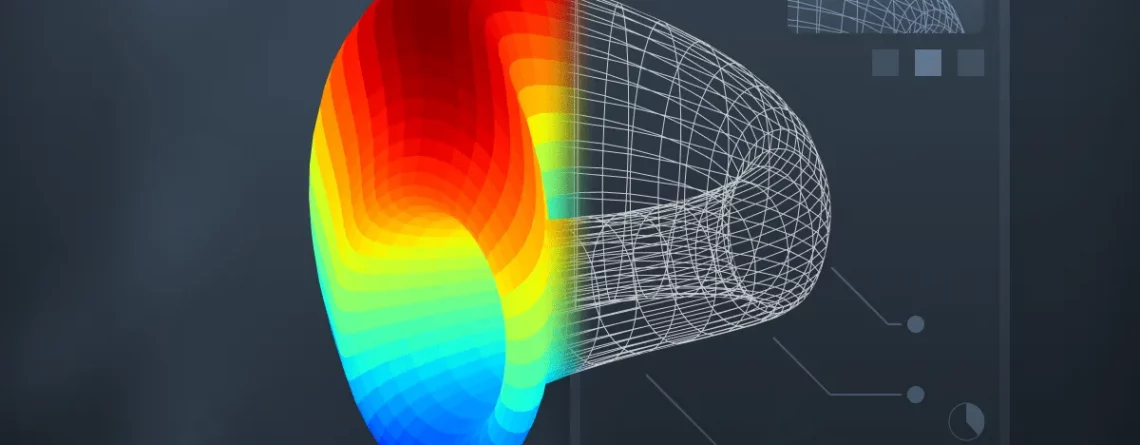
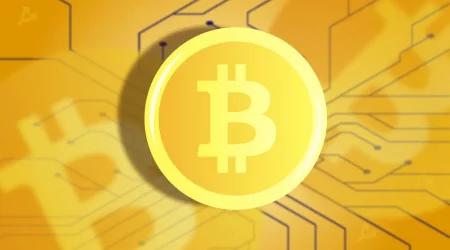
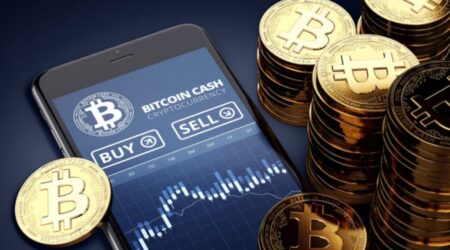
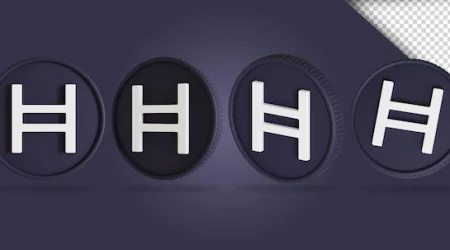
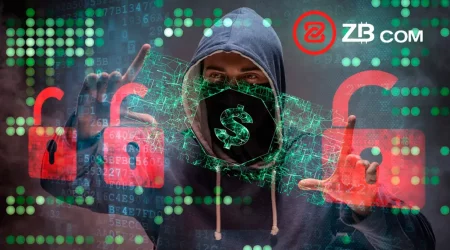
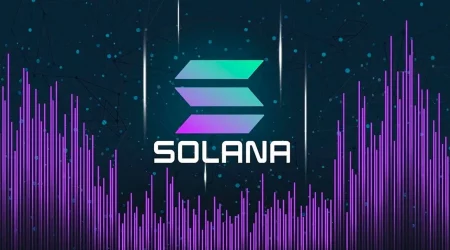


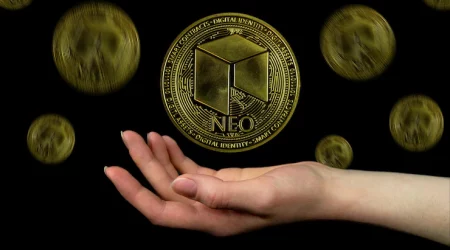
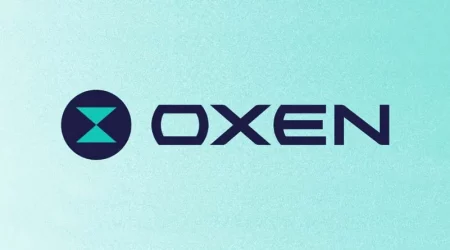
Leave a Reply